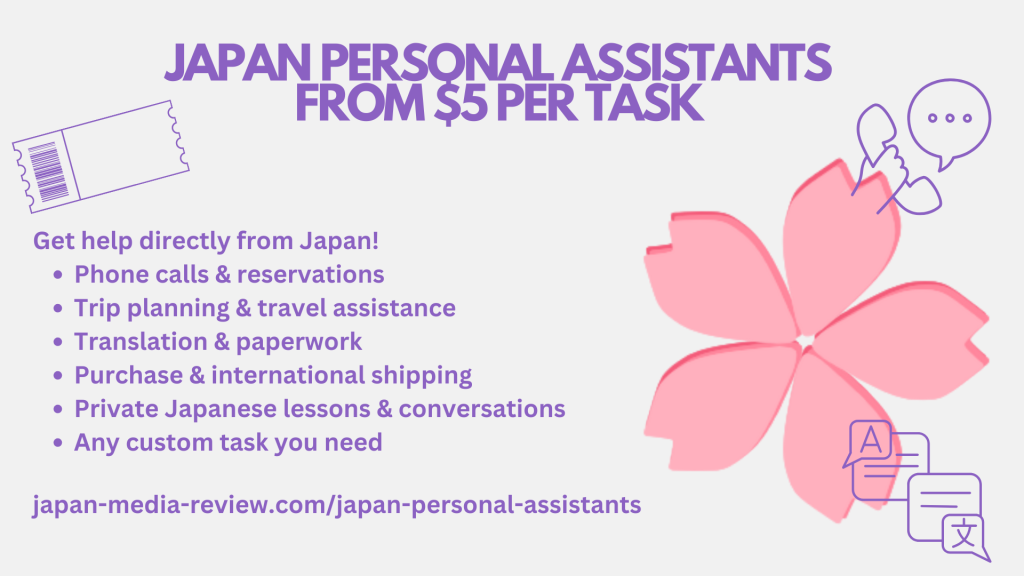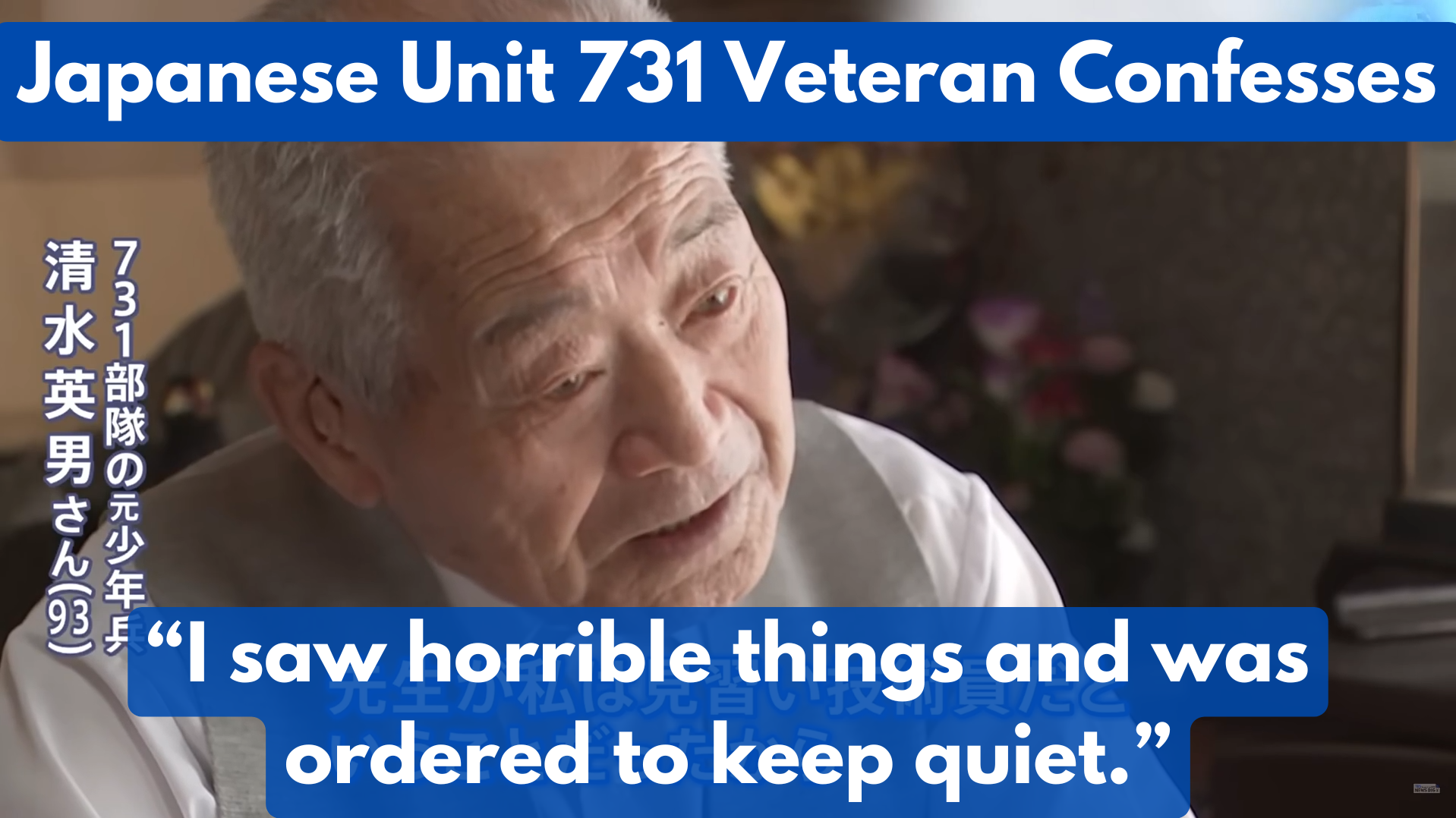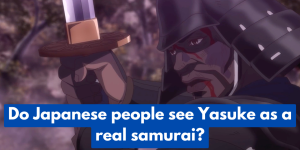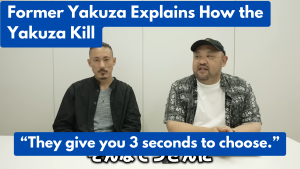Context
This report on Unit 731 by Japan News Network (JNN) is a rare instance of a mainstream media outlet in Japan exposing Japan’s war crimes. In Japan, Japan’s war crimes are generally a taboo subject and are seldom discussed outside very specific contexts, such as academia, human rights activism, and classroom history. Japanese media rarely discuss Japanese wartime history in a way that directly acknowledges the extent of the wartime atrocities committed by Japan. Instead, Japanese media usually portray Japan primarily as a victim of war and cast a sympathetic light on the Japanese military.
This report by JNN, while unconventional in its daringness to acknowledge the atrocity committed by Unit 731, primarily offers a sympathetic portrayal of a young Japanese soldier’s experience with it. The report covers the experience of Chinese victims, but the primary focus is sympathy toward the Japanese soldier.
Highlights
- Shimizu Hideo, a former Unit 731 soldier, was recruited at 14 to enter Unit 731. He was sent to the unit’s headquarters in Manchuria just four months before the war ended.
- Shimizu saw evidence of human experiments and brutal torture. He was later ordered to kill himself if he was ever captured and forced to tell the truth about what he saw.
- After the war ended, Unit 731 destroyed evidence and burned human victims to prevent leaks. Shimizu was part of the clean-up process to erase evidence.
- When Shimizu spoke up about what he saw, many Japanese people accused him of lying and questioned his credibility. Despite the backlash, official records confirm his involvement in Unit 731.
Translation
News Announcers: “We often hear news about young people who are victims of war around the world. On the other hand, there are also young people who are forced to fight in wars. Few people know the fact that young soldiers in Japan were involved in developing bio-weapons.”
Report Narrator: “This man in a military uniform graduated from the medical department of Kyoto University. He was a military doctor named Ishii Shiro 石井四郎. He created and led the so-called Unit 731, which made bio-weapons and conducted human experiments in Manchuria during WW2. According to the pioneer of historical studies on Unit 731, Professor Tsuneishi Keiichi 常石敬一, the unit conducted human experiments on 2000 to 3000 people. Ishii acquired the highest rank possible for military doctors, and many doctors and researchers from prestigious universities gathered around him. It is not widely known that the unit also involved soldiers as young as 14-year-olds in the creation of bio-weapons. We interviewed one of these young soldiers. The man we interviewed now lives in Miyada Village in Nagano Prefecture. He is Shimizu Hideo 清水英男, aged 93. He still vividly remembers events that happened 80 years ago. He showed us the only photo of Unit 731 he has.”
Shimizu Hideo: “This is me in the photo. This other man in the photo is also from Miyada Village. He was a translator. He asked me where I was from, and I said Miyada Village, and he told me he was also from Miyada.”
Report Narrator: “It turns out that there were many soldiers from the Miyada Village area in the unit. Shimizu entered the unit just 4 months before the war ended on March 30th, 1945. At that time, there were teenage boys being sent to fight in Okinawa. How did Shimuzu get recruited by Unit 731?”
Shimizu Hideo: “I think my teacher recommended me to become an apprentice technician since I liked doing that kind of thing. I knew nothing about the exact nature of the work or what kind of technician I was training to become. They said nothing about what I was going to do.”
Report Narrator: “The headquarters of Unit 731 was in Manchuria, which is today’s Harbin, China. This is a blueprint of the headquarters reconstructed based on the memories of former soldiers. This part of the map is dormitories for junior soldiers, which is where Shimizu lived. This group photo was taken in front of the dormitories on the day he entered the unit. After the photoshoot, he was taken to a bacteria lab.”
Shimizu Hideo: “I was told to strip naked to get disinfected in the bacteria lab. They made me put on a white lab coat. That’s when I finally realized that the job I was going to do was biomedical in nature.”

Report Narrator: “The junior soldiers were put in different divisions with different tasks. Shimizu was responsible for studying the bacteria from the anuses of mice.”
Shimizu Hideo: “I was studying whether or not there was bacteria. I took fluids from mice anuses and studied them in petri dishes.”
Report Narrator: “The former site of Unit 731 is now a museum displaying the evidence of war crimes committed by the unit. It displays tools used by the unit to create bio-weapons. This is a mouse trap used to catch mice for the experiments. Shimizu was also in charge of making such traps. The unit referred to Chinese captives used for human experiments as maruta. There are still remaining sites where maruta were killed and burned. The museum also displays formalin containers. What was in these containers? What did Shimizu see?”
Shimizu Hideo: “The specimen room was horrible to see; I almost couldn’t keep my eyes open. It was filled with human organs soaked in formalin.”
Report Narrator: “Shimizu’s supervisor told him that the human organs were harvested from maruta.”
Shimizu Hideo: “There were containers of unborn fetuses taken out of pregnant women and human heads split in half. By looking at the containers, I knew the unit did horrible things.”
Shimzu Hideo: “One time, I was with 2 other soldiers. Our supervisor gave us 3 pieces of bread for us to each have 1 piece. After eating the bread, I had a fever as high as 42 degrees celsius and slept for a week. I was the only one who got ill from the bread. They only treated me a week after I started to have the fever. Before treating me, they only tested my temperature and heart beats.”
News Narrator: “Shimizu suspects that he was used as a subject of human experiment.”
Shimzu Hideo: “I think they were using junior soldiers as maruta.”
News Narrator: “After Shimizu returned to Japan, he was ordered to strictly keep quiet about Unit 731.”
Shimzu Hideo: “ After returning to Japan, I was forbidden to communicate with other soldiers from the unit. I was forbidden to tell people what happened in Unit 731. I didn’t even tell my family.”
News Narrator: “Shimizu only began talking about Unit 731 when he was in his 80s. Why did he decide to open up about his past? He thought it was necessary to tell younger generations the truth. However, people on the internet have been accusing him of lying. Netizens insulted him and said things like how can someone with a primary school education like him become an apprentice technician. There are also netizens denying the crimes committed by Unit 731. Shimizu’s involvement in Unit 731 is proven by a unit internal document that has his name and birthdate.”
Shimzu Hideo: “I am not lying. I am only telling what I actually saw and experienced.”
Report Narrator: “Shimizu is now in contact with other soldiers from the unit. He visited one of them in Karuizawa, who was 96 years old Sunaga Kikuta 須永鬼久太. He entered the unit 3 years earlier than Shimizu. The only thing Sunaga brought back from Harbin is a group photo with fellow soldiers of the unit. He entered the unit 3 years before the end of the war, which was a complete situation. He volunteered to join the unit.”
Sunaga Kikuta: “At that time, all of Japan was consumed with a military spirit. I thought since I would be conscripted one day anyways, I might as well volunteer to go earlier to appear more heroic.”
Report Narrator: “The public name for Unit 731 was the Kanto Army Disease Prevention and Water Supply Unit 関東軍防疫給水部. It was originally meant to work on preventing diseases and securing clear water, not for developing bio-weapons.”
Sunaga Kikuta: “I thought I was joining a unit for disease prevention and supplying water. I was told nothing about bio-weapons.”
Report Narrator: “Sunaga was in charge of making explosives that contained bacteria.”
Sunaga Kikuta: “I was only told that I was making bacteria bombs when I was already in the manufacturing process.”
Report Narrator: “The bacteria bombs were tested in a site near Harbin, which is marked with a sign today. Sunaga used to go to the testing site. Human captives were tied to crosses and bacteria bombs were thrown at them to test if they’d get infected.”
Sunaga Kikuta: “There were many maruta at the testing site. The unit studied how many hours it took for them to get a fever and start dying after being exposed to the bacteria.”
Report Narrator: “The bio-weapons made by the unit were used in real warfare. In 2002, Chinese families of victims of Unit 731 requested apologies and compensations from the Japanese government. Although Japanese courts rejected the compensation requests, it was the first time Japanese courts acknowledged that Chinese were killed by Japanese bio-weapons. However, Prime Minister Koizumi Junichiro asserted that there was no verified evidence for Unit 731 making bio-weapons. The Chinese woman named Wang Xuan 王選 leading the quest for the compensation requests studied in Japan and established a museum in China to showcase the evidence of bio warfare with Japanese help.*
Wang Xuan: “Japan must repent. This is a negative historical legacy for Japan. We aim to convey historical facts and respect the dignity of the victims.”
Report Narrator: “With Wang’s help, we interviewed a 96 year old Chinese man named Wang Jimu 王基木 who lost his family to bio warfare.”
Wang Jimu: “I was 16 at the time. My mother was 35, my sister was 12, and my cousin was 15. People died one by one, and our village was burned. About 20 people died everyday.”
Report Narrator: “The village was attacked by Japanese bacteria bombs, which caused many deaths.”
Wang Jimu: “There were so many dead bodies that we ran out of coffins. We had to bury people without coffins.”
Report Narrator: “On Aug 15th, 1945, Japan saw the end of the war. After that, bio-weapons were banned by international laws. When Unit 731 retreated, it burned down the buildings to destroy evidence. Shimizu was ordered to collect the human remains of burned maruta.”
Shimizu Hideo: “On the morning of Aug 12th, I was told to collect the bones and put them in bags. We were also told to move bombs into the boiler room. After we left the boiler room, I saw the bombs explode in the boiler room. On the morning of Aug 14th, I was given Cyanide and a gun. I was told that if I was ever captured and forced to tell the truth about what I saw in the specimen room, I should kill myself. I was only 14 at the time. Today, that would be a third year middle school student. None of us knew what we were getting into.”
Interviewer: “Did the country contact and compensate you afterwards?”
Shimizu Hideo: “There was no contact at all. I wonder what will Japan become if young people today don’t know the brutal reality of war. We need to prevent war at all costs. If we start using nuclear weapons, the earth will be destroyed.”
Support us with a one-time donation: https://buymeacoffee.com/japanmediareview
Tired of learning about Japan through Western interpretations? Japan Media Review translates Japanese media to show you what Japan is really talking about.
Bluesky Social: @japan-media-review.bsky.social
YouTube: https://www.youtube.com/@JapanMediaReview
Exclusive content on Patreon: https://www.patreon.com/c/JapanMediaReview



